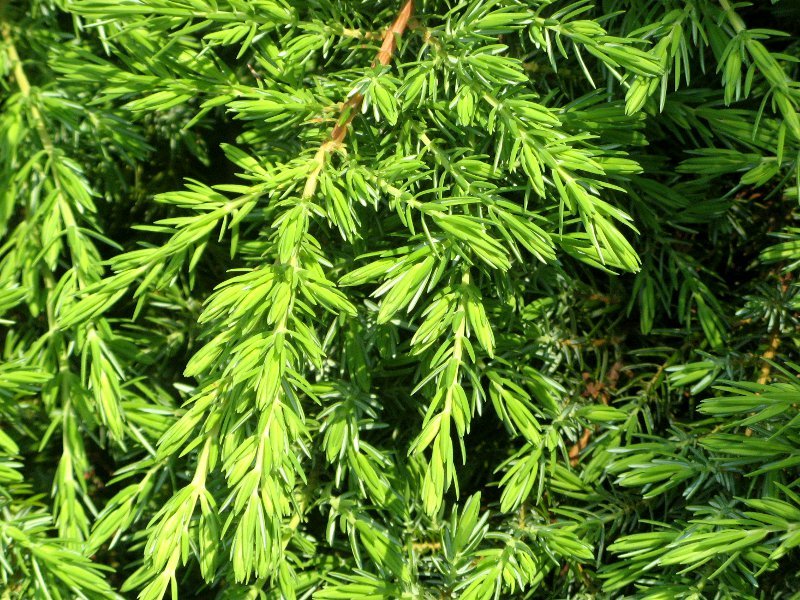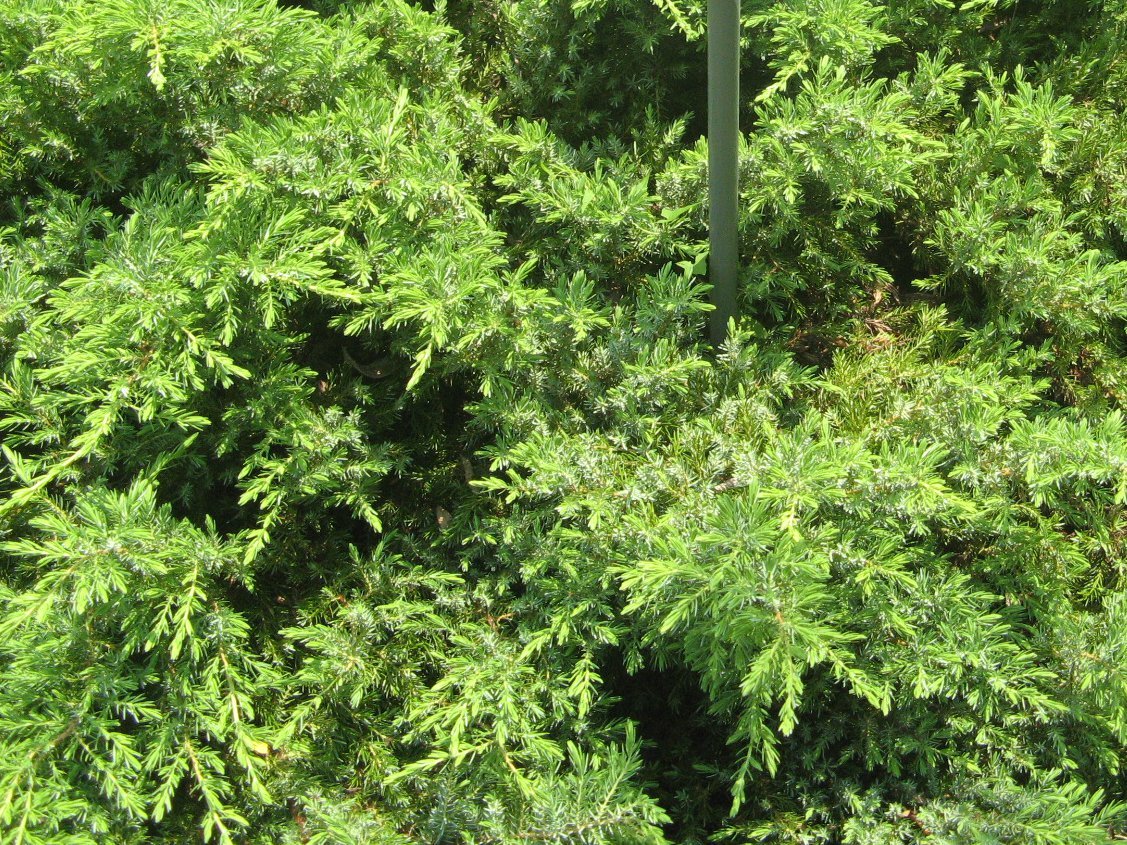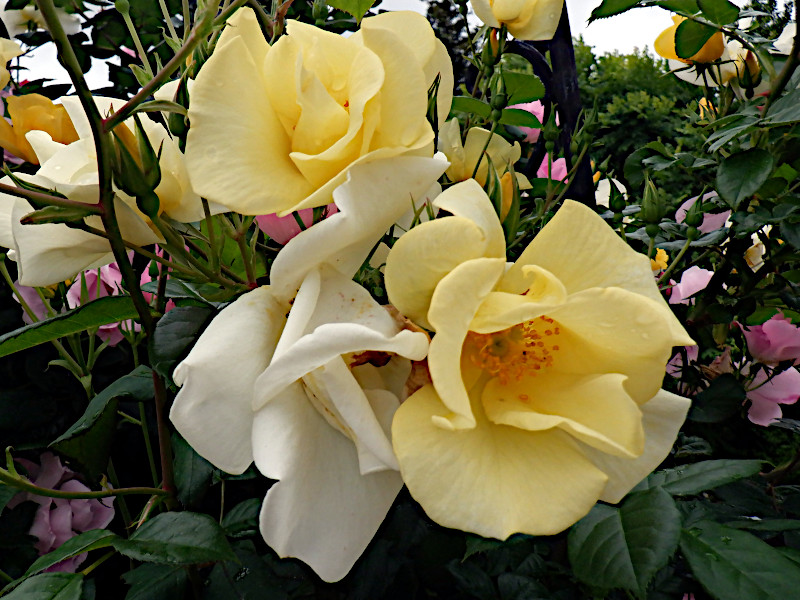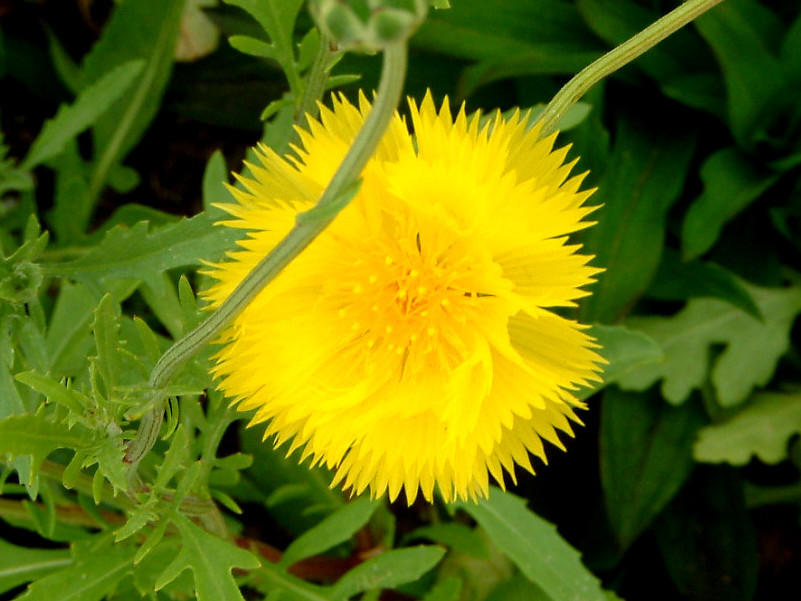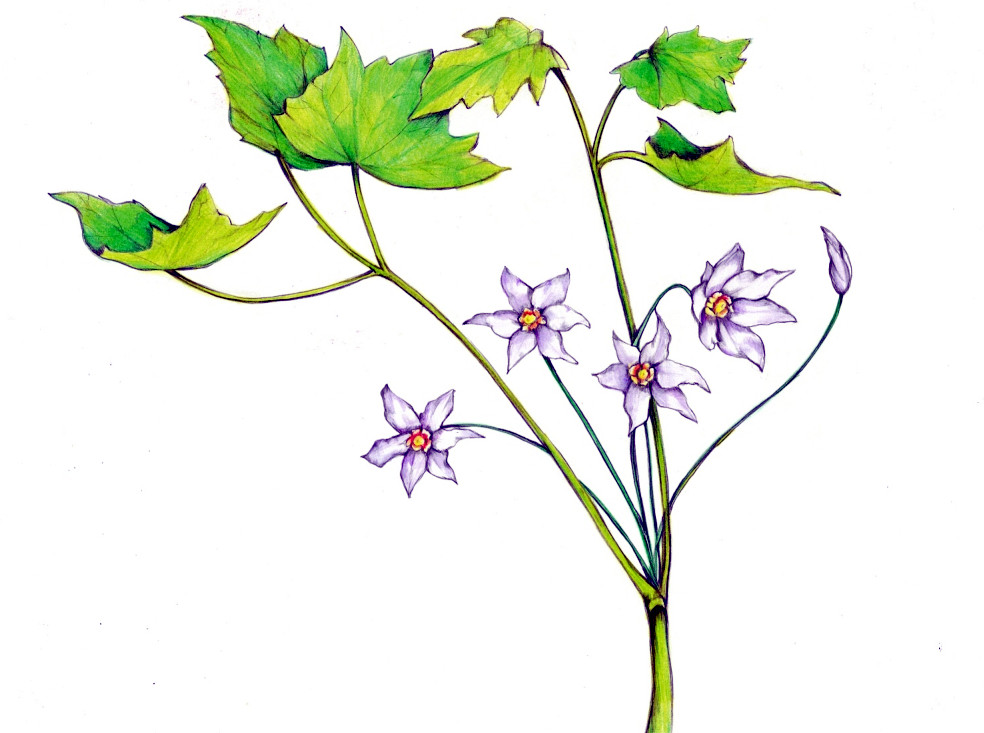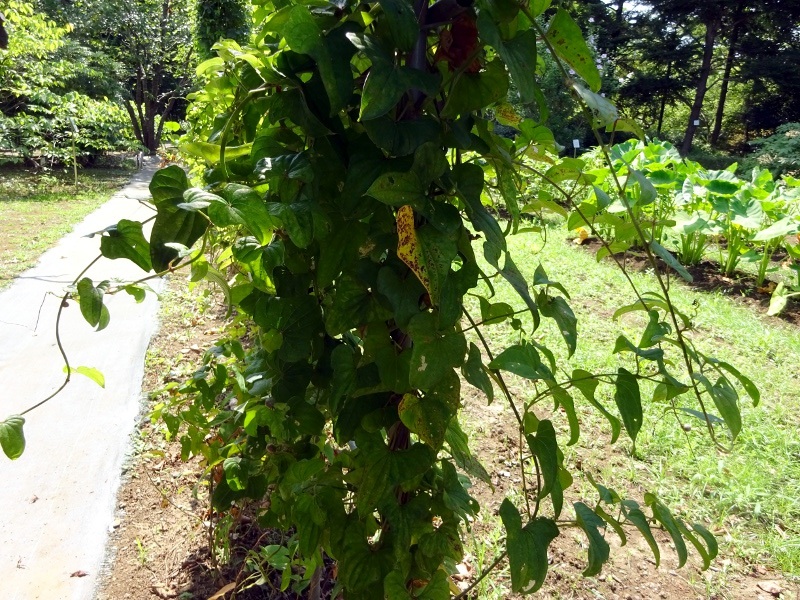Juniperus lutchuensis
- Flower nameJuniperus lutchuensis
- Scientific nameJuniperus taxifolia var. lutchuensis
- Alias沖縄這杜松
- Place of originOkinawa
- Place of floweringSeashore
- Flowering seasonFebruary, March, April
What is Juniperus lutchuensis
Juniperus lutchuensis , Okinawa creeping junipers or Okinawa Hai-nezu (scientific name: Juniperus taxifolia var. lutchuensis) is an evergreen creeping needle-leaved shrub of the genus Juniperus in the family Cupressaceae, native to Okinawa. It grows wild in the rocky areas along the coast from the Pacific side of Japan to the Okinawa Islands. The tree is about 1 m tall and its trunk and branches grow 2 to 4 m above ground level. Three green, needle-like leaves grow in a circle. The underside of the leaf has two white stripes, and the brownish-brown flowers bloom from February to April, but are not very noticeable. Pinus kasa is formed after flowering. It is used for bonsai.
Common name: Juniperus lutchuensis,Scientific name :Juniperus taxifolia var. lutchuensis, aka:Okinawan dwarf pine, Okinawan dwarf pine, Place of origin: Japan (Ryukyu), Habitat distribution: Pacific side of Japan - Okinawa Island, Japan, Living environment: rocky coastal area, Living type: creeping evergreen coniferous shrub, Height: 100 cm, trunk length: 2 to 4 m, Bark color: reddish brown, leaf shape: needle-shaped, Leaf length: 10 cm, Petiole: 3-lobed, 3-lobed, leaf backside: 2 white lines, Dioecious, Flower color: grayish brown, Male inflorescence: long elliptical with leaf axils, flowers 0.4 cm long, Flowering season: February - April, Fruit type: Sericaceous/Concus (Pine Kasa), Convolvulus, Fruiting season: January - April of the following year; fruit shape: spherical, spherical, Fruit diameter: 1 cm, fruit color: purplish brown, Applications: Sand and wind control trees, ground covers, bonsai trees.
